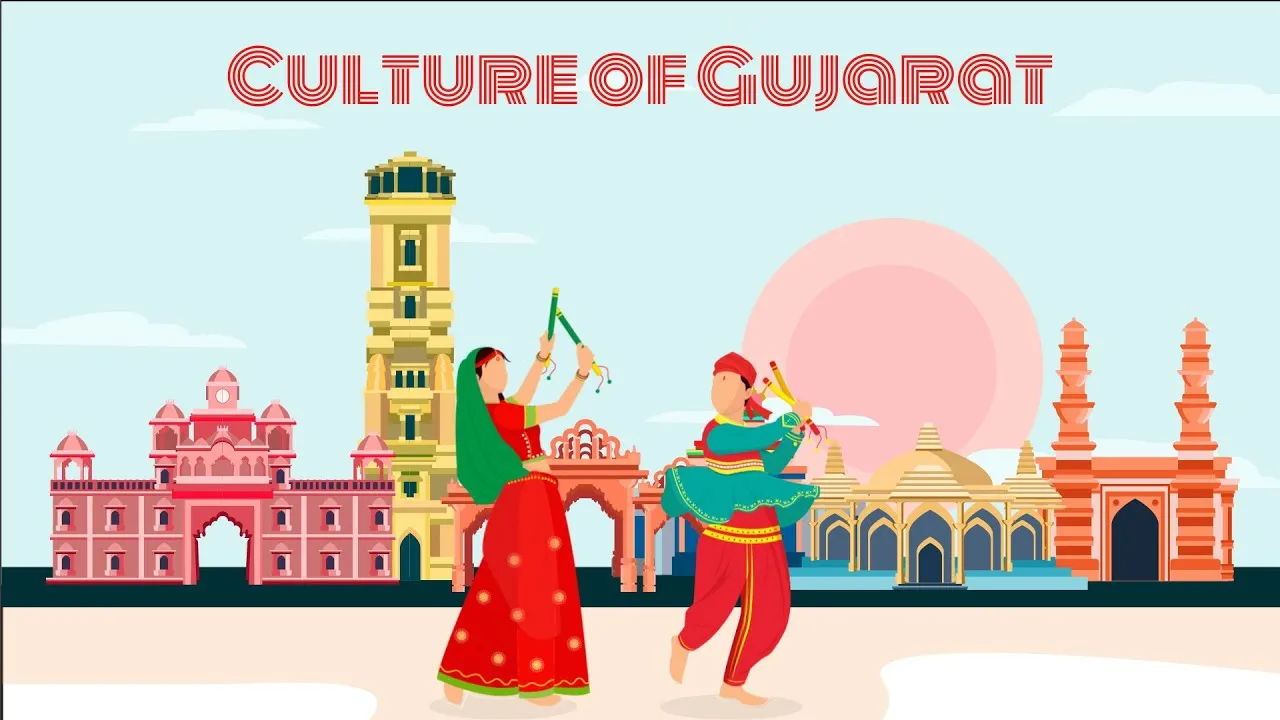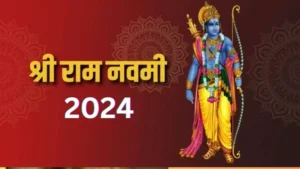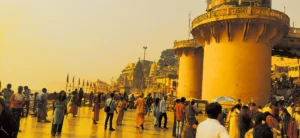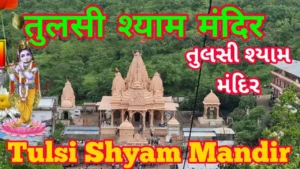History & Culture in Gujarat
The History of Gujarati Culture is varied and unique. The first settlers in the state of Gujarat were Gurjaras who happened to be ethnic group of India. Be that as it may, the most punctual Archeological follows demonstrate the Indus Valley Civilization as verifiable relics with the Stone Age settlements are found in Gujarat around Sabarmati and Mahi streams.
Its underlying foundations are additionally in the Harappan follows found at Lothal, Rampur, Amri and different spots. Ancient Gujarat was governed by the Maurya Dynasty. Ruler Chandragupta Maurya conquered various states in Gujarat while his grandson, King Ashoka broadened his area in Gujarat. The rules of the initial three Mauryas were noteworthy however with Ashoka’s demise in 232 B C the Mauryan realm started to disintegrate, prompting political defragmentation. The Shungas who succeeded the Mauryas attempted, ineffectivelyto maintain the similarity to political solidarity.
The Gujarati Culture is a vibrant and it is famousfor its true colors of rich history and traditions. The state is a blend of many religions like Hinduism, Islam, Jainism and Buddhism. And Gujarati culture blends in arts, beliefs, customs, languages, technology and values.
Art and Culture of Gujarat
The vast array of handcrafted products displaying intricate Gujarati art forms are not only popular in our country, but are a well-known entity all across the globe. These products include furniture, jewellery, embroidered garments, leatherwork, metalwork, baked clay articles and mirror work. Gujarat serves as the producer of some of the most creative and elegant furnishings that include bedcovers, quilts, cushion covers and table mats. Intricate dainty patterns are woven on the patola sarees with high precision. The traditional art forms of the state play a significant role in preserving its rich heritage.
Culture Of Gujarat | Tradition And Lifestyle
Gujarati culture is a mesmerising tapestry that captures the essence of its people and traditions with its vibrant festivals, traditional dances like Garba, delectable cuisine, complex handicrafts, and architectural wonders, including the stepwells.
- Culture of Gujarat. Gujarat’s Cultural Tapestry
- Festivals of Gujarat. Enthusiastic Crowds Enjoying Music
- Traditional Attire of Gujarat. Colourful Fabrics with Timeless Designs
- Cuisine of Gujarat. A Platter of Diverse Specialities
- Folk Dances of Gujarat. Graceful and Rhythmic Folk Dances
- Historical Sites of Gujarat. Exploring the Architectural Splendors
- Rann of Kutch. The Wide and Breathtaking Rann Utsav Festival
- Bhavnath Mahadev Fair. A Look into the Energetic Bhavnath Mahadev Fair
- Saputara Hills. A Picturesque View of the Gujarati Hill Town
- Bhujodi Handicrafts. A City Renowned For Its Outstanding Handicrafts
- Modhera Sun Temple. A Stunning Old Temple Consecrated to the Sun
- Gir Forest National Park. Wildlife at Its Best
- Tarnetar Fair. The Traditional Cultural Extravaganza
- Gujarati Folk Music. Traditional Musicians Playing the Dholak and the Flut
Festivals of Gujarat
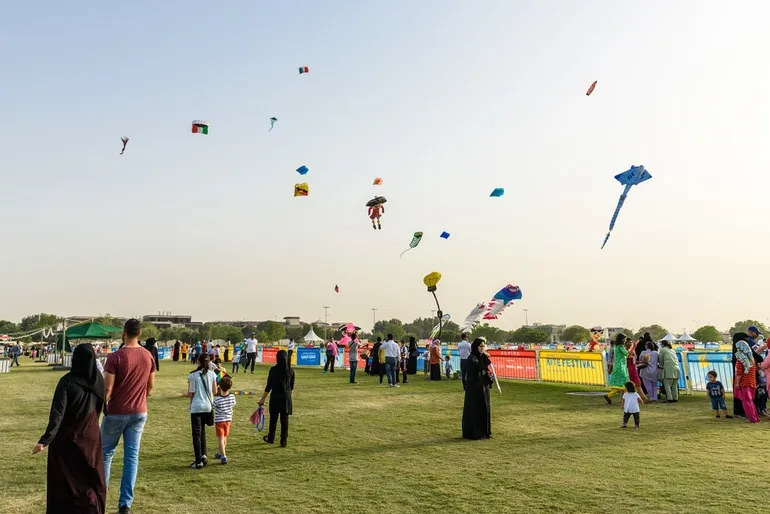
Navratri, a nine-night dance festivals of Gujarat honouring the goddess Amba, is one of the most well-known holidays observed in this area. The kite festival, Uttarayan, which fills the skies with a riot of colours and eager participation, is another important holiday. Another popular destination is the Rann Utsav in Kutch, where visitors congregate to view the captivating white salt desert. These celebrations showcase the zeal and vivacity of the Gujarati people.
Must Read : Top 10 Indian Culture and Tradition Guide
Traditional Attire of Gujarat
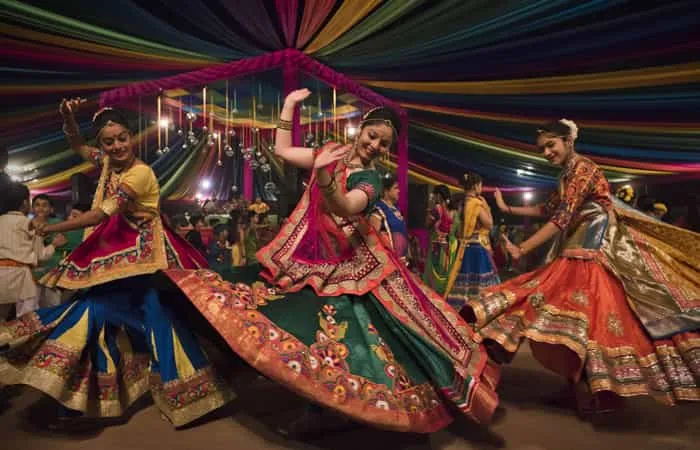
The traditional attire in Gujarat clothing reflects the state’s thriving and diverse culture. Women frequently don the elegant and vibrant Garba dress, which consists of a tight-fitting shirt, a flared skirt, and intricately embroidered and mirror-worked chaniya choli. The traditional outfit is frequently completed by men wearing a dhoti and a kediyu, a traditional kurta.
Food of Gujarat
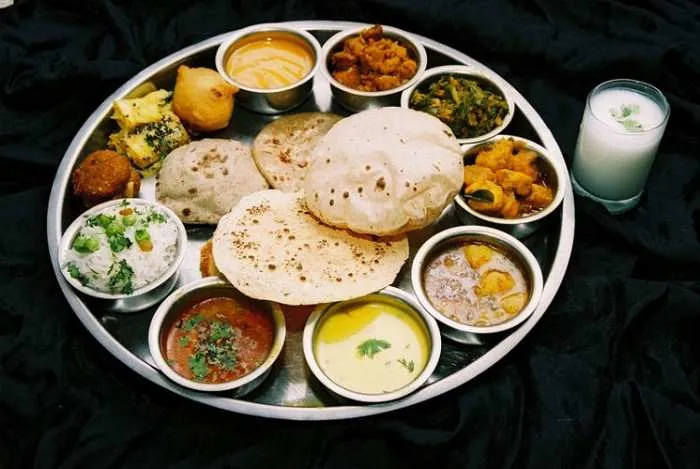
A traditional and authentic Gujarati meal consists of dal, roti, rice, vegetables, salad, chaas, farsan followed by a sweet dish. Gujarati cuisine is quite similar to that of Maharashtra, and most of the Gujaratis are vegetarian. Some of the famous Gujarati delicacies include dhokla, fafda, khandvi, dhal Dhokli, Undhiyu, handvo, Ganthia, dal Wada, khakhra, and Thepla.
In Gujarati dishes, the flavors are a blend of sweet, spicy and sour tastes. Each region of the state has a distinctive flavor associated with its local food. A typical Gujarati dinner includes bhakri-shak or khichdi-kadhi. The Gujaratis are not for their sweet tongue, and hence every meal is follow by a sweet dish or sometimes even jaggery.
Folk Dances of Gujarat
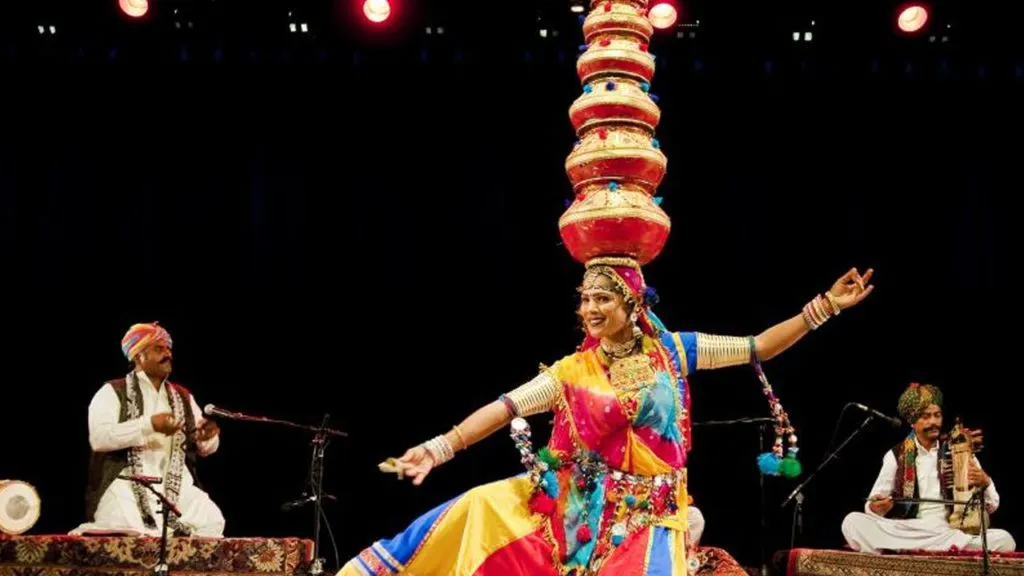
During Navratri, men and women gracefully circle a central lamp while accompanied by traditional music and rhythmic clapping. This is know as the Garba, one of the most famous folk dances in Gujarat. Dandiya Raas is a different well-liked dance in which couples dance while smacking wooden sticks. Bhavai, Tippani, and Hudo are examples of other folk dances; they all feature distinctive movements, attire, and storytelling aspects that reflect the vibrant traditions of Gujarat.
Rann of Kutch
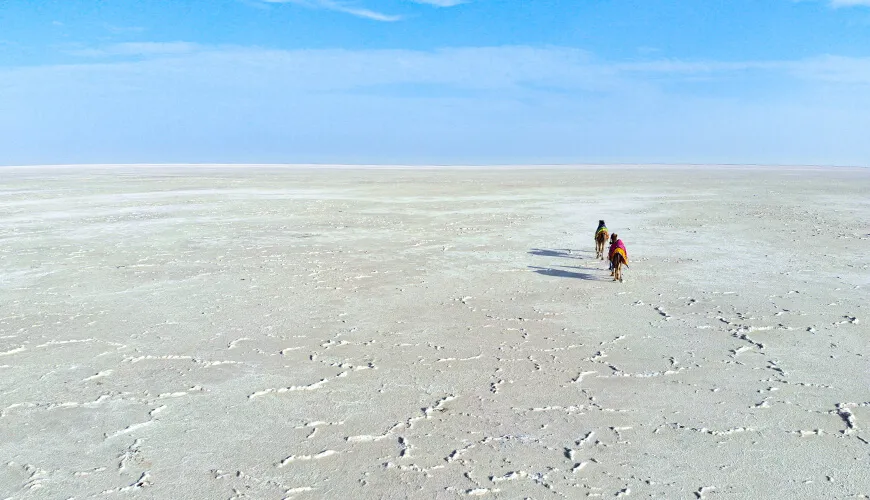
The massive salt marsh, The Rann of Kutch in Gujarat, India, turns into an eerie white landscape during the dry season. It is an extraordinary and captivating natural phenomenon that draws tourists and wildlife lovers. The area is a well-liked tourism destination due to its lively handicrafts and rich cultural heritage.
Bhavnath Mahadev Fair
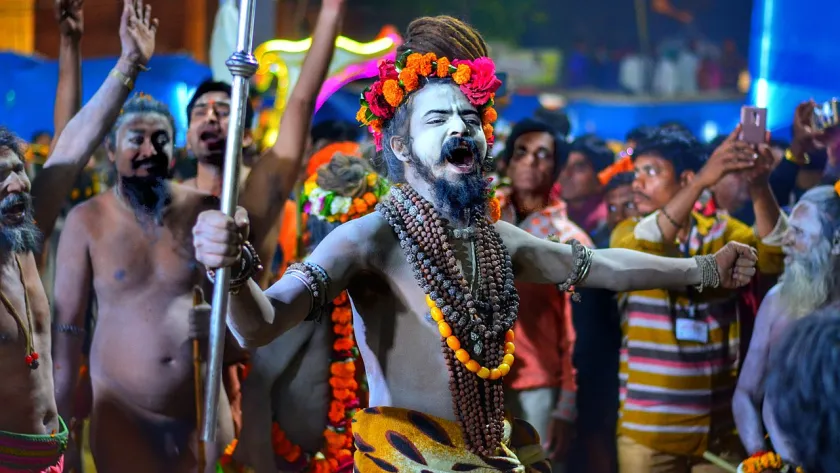
Gujarat, India, hosts the Bhavnath Mahadev Fair, a prominent religious celebration. Thousands of worshipers come to the Bhavnath Mahadev Temple to celebrate this festival, offering prayers and participating in traditional ceremonies to honour Lord Shiva. The fair is a fascinating cultural experience because of its lively ambience, which features fairs, folk performances, and a sense of spiritual devotion.
Bhujodi Handicrafts
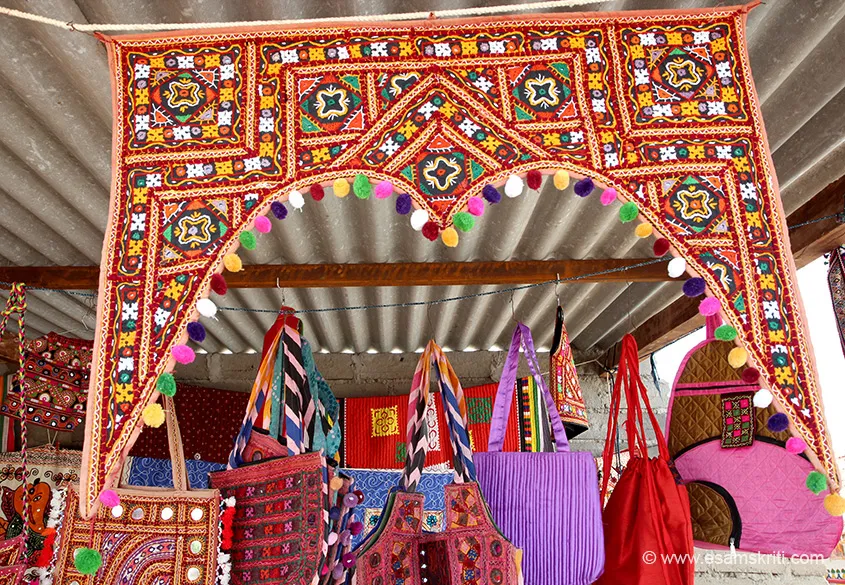
Gujarat’s Bhujodi village is well know for its excellent handicrafts and rich artisanal history. Expert hands weave beautiful traditional fabrics renowned for their elaborate needlework and colourful patterns. Visitors swarm to Bhujodi to observe the artistry and buy actual handmade textiles representing local culture.
Modhera Sun Temple
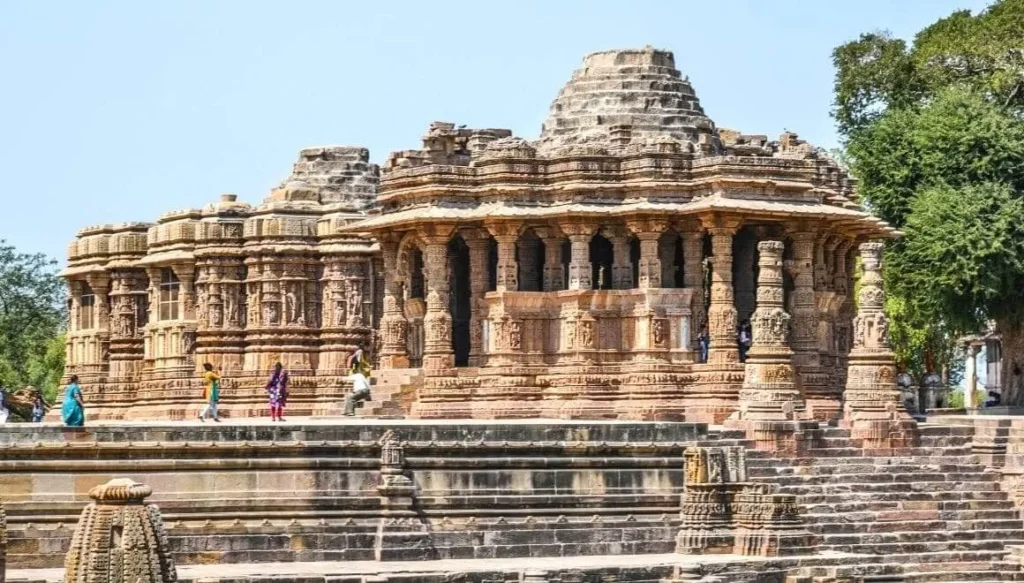
India’s Modhera Sun Temple, Gujarat, is a stunning example of Hindu architecture. It was construct in the eleventh century and is know for its exquisite sculptures and elaborate carvings honouring the sun deity. Both tourists and history buffs are attract to it.
Gir Forest National Park
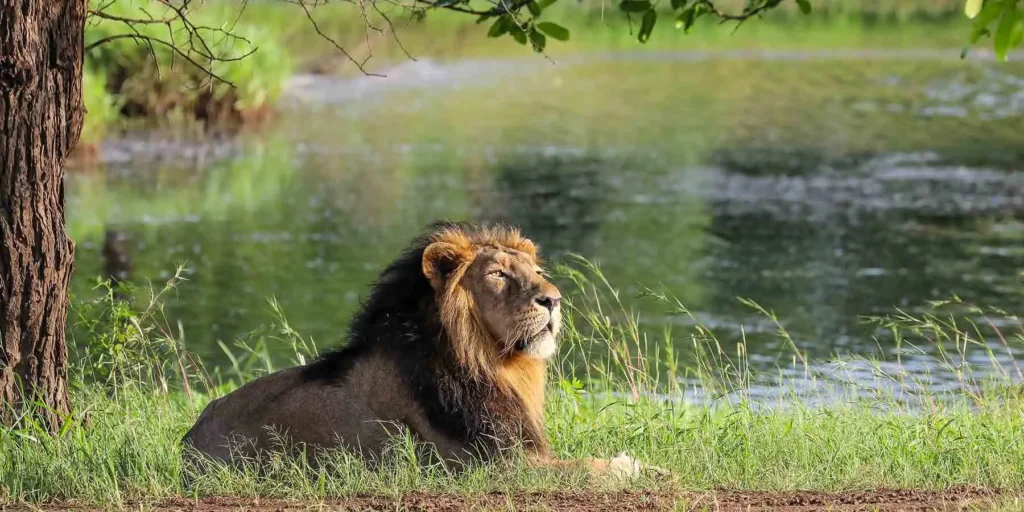
The Gir Forest National Park in Gujarat, India, is a refuge for anyone who enjoys the outdoors and wildlife. It is well know for housing the last remaining Asiatic lions and serving as a vital refuge for their preservation. Other wildlife species can be found in this diversifi ecosystem, which makes it a popular location for ecotourism and wildlife safaris.
Engagement Ceremony
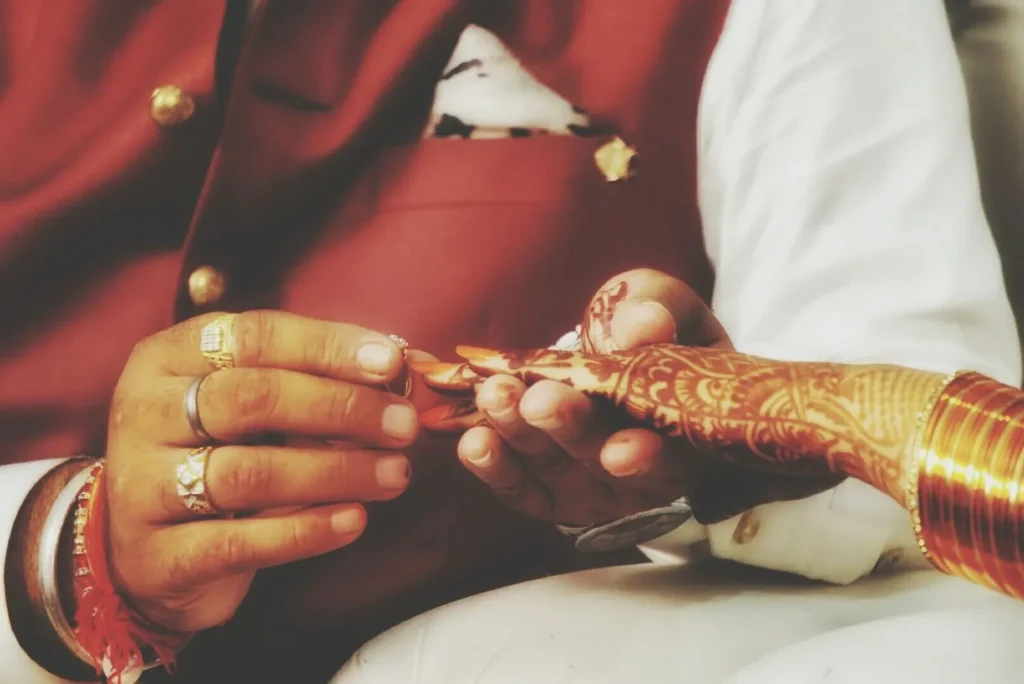
The engagement ceremony or the ‘Gaud Dhana’ translates to jaggery and coriander, which will be distribut to the guest. After the exchange of rings, the ceremony ends with the bride’s family gifting the groom a box of sweets to represent a sweet relationship.
Wedding Ceremony
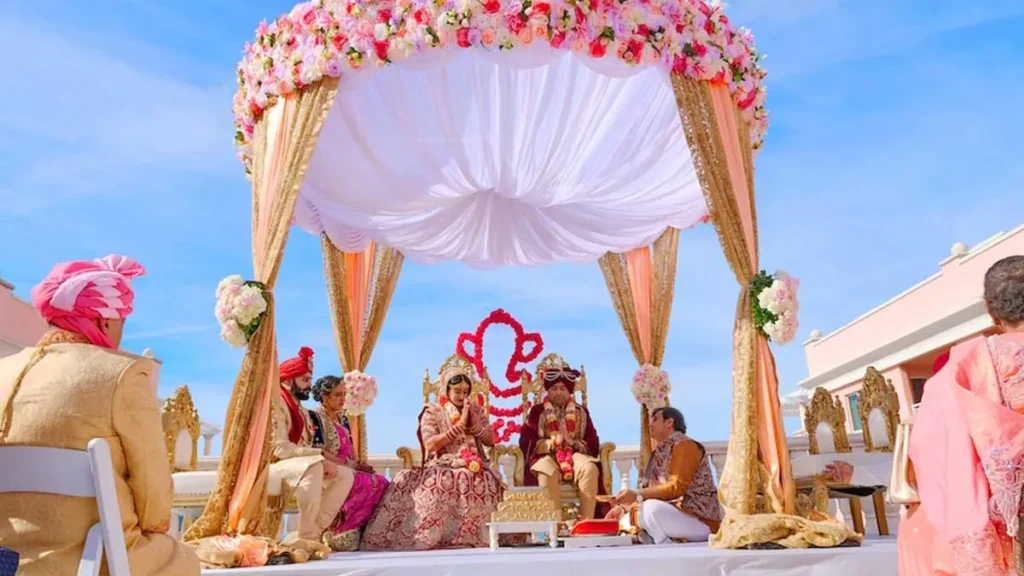
The wedding ceremony in the Gujarati culture is probably the most awaited event for the couple and its family but for all the guests as well. Like every Indian wedding, the rituals go back to the Vedic times, and the ceremonies kick off with the (Varghodo) wedding procession, that goes from the groom house to the bride’s house where the ceremonies take place. On arrival, the groom is welcome by the bride family (Swagatam) after which the bride. Father performs a ritual involves him handing over his daughter to the groom (Kanya Daan) in front of the guest. After this, the rituals (Ganesh Puja) commences, this is known as the Vivaan.
During the Vivaan, the couple performs the Mangal Phera where they go around the sacred fire and go through the most important part of the ritual, the Saptapadi or the seven sacred steps. The religious part of the ceremony comes to a close with the holy thre (Mangalsutra) being tie around. The neck of the bride by the groom and he places the red dot (tika) on the wife’s forehe, as a declaration of her new marriage status (Suhaag). The ceremony comes to a close when the couple goes to the groom’s parents who will bless the couple (Aashirvaad).
Also Read: Record-Breaking Feats: Highest Individual Score in IPl
Conclusion:
Gujarat has a rich and varied history, with roots dating back to the Gurjaras and the ancient Indus Valley Civilization. Ruled by the Maurya Dynasty and later experiencing political changes, the state has preserved its cultural vibrancy. The art and culture of Gujarat showcase intricate handcrafted products, reflecting a blend of Hinduism, Islam, Jainism, and Buddhism. Festivals like Navratri and Uttarayan, traditional attire like Garba dresses, and delicious vegetarian cuisine are integral parts of Gujarati culture. Folk dances, the Rann of Kutch, Bhavnath Mahadev Fair, Bhujodi handicrafts, and the Modhera Sun Temple contribute to the state’s cultural tapestry. The Gir Forest National Park is a sanctuary for wildlife enthusiasts, housing the last Asiatic lions. Additionally, the Gujarati wedding ceremony, marked by rituals like Varghodo and Saptapadi, represents a significant cultural celebration.

